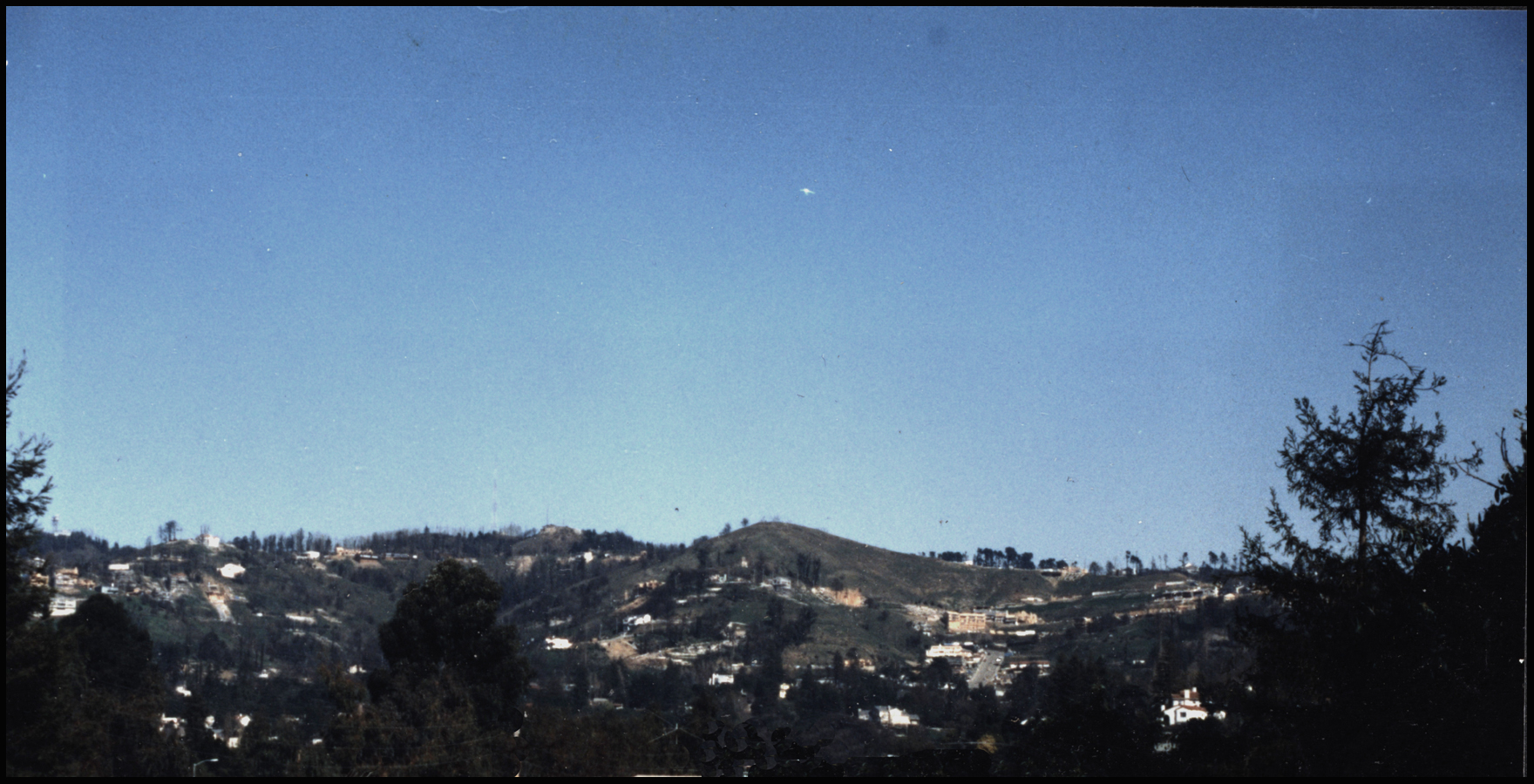
Chapter 25
The Aftermath
JW and the gold pyramid moved back from his downtown apartment into the Lemon House, where he lived until the SkateZone was dismantled in 1994 and the Lemon House was torn down. They had a bunch more fun there, turning it into a bunkhouse for visiting skaters. Somebody else will have to tell that part.
JW began to find his own path and put his video skills to work. After SkateZone was closed, he started working with a small Santa Barbara skateshop called The Church of Skatan. He made two skate videos for them, and by the time he was through with that, he got hired as a cameraman for Powell's 1995 Bones Brigade Summer Tour and he traveled with the team across the US and Europe. Later that year he produced and edited the latest Powell video, Scenic Drive.
Myself, I headed back to the San Francisco Bay Area, the part of the world that feels most like home to me. About the time I was packing up to leave, in October 1991, there had been an enormous wind-driven firestorm, a "sundowner," that swept down from the Oakland Hills through tangle of narrow winding streets destroying 3450 homes and killing 25 people. It was a replay of the Painted Cave Fire above Santa Barbara that we had watched from the roof of PCHQ in July 1990 that "only" took out 425 houses and killed 1 person.
The hills of Oakland and Berkeley face west toward the San Francisco Bay and nearly every single house there had a view of the Bay, Alcatraz Island, the San Francisco skyline and the Golden Gate Bridge. 12 years before I had learned my construction chops in these hills, first a year with Gary Cohen remodeling houses studying for my own contractor's license; then a year with Mark Taylor and his "Satori Japanese Bath Company." I built over 50 hot tubs in those hillsides.
I had always considered those hills to be a constant supply of projects. With such unbeatable views, owners couldn't get a better location, so the only way to improve one's living standard was to remodel. Now with 3450 houses suddenly gone, there would be endless work for somebody like me.
I moved up north and signed up with a temporary agency, connected with a few projects, and almost immediately ran into the very last girlfriend I had on the mainland 15 years before, Katie Flick. I was taking part in a remodeling project in Berkeley, and at lunch I would walk down to College Avenue for a burrito. She was running a little artisan jewelry store next to the burrito shop, and she saw me walking by. I wouldn't have recognized her, because now she had long straight red hair, when before she had short brown curly hair. She looked a lot different done up in a slinky dress, but I recognized her voice. She had been a whole lot of fun in 1978 and 79 when I worked for Gary and Mark. I had broken it off with her when I moved back to Hawaii to raise JW.
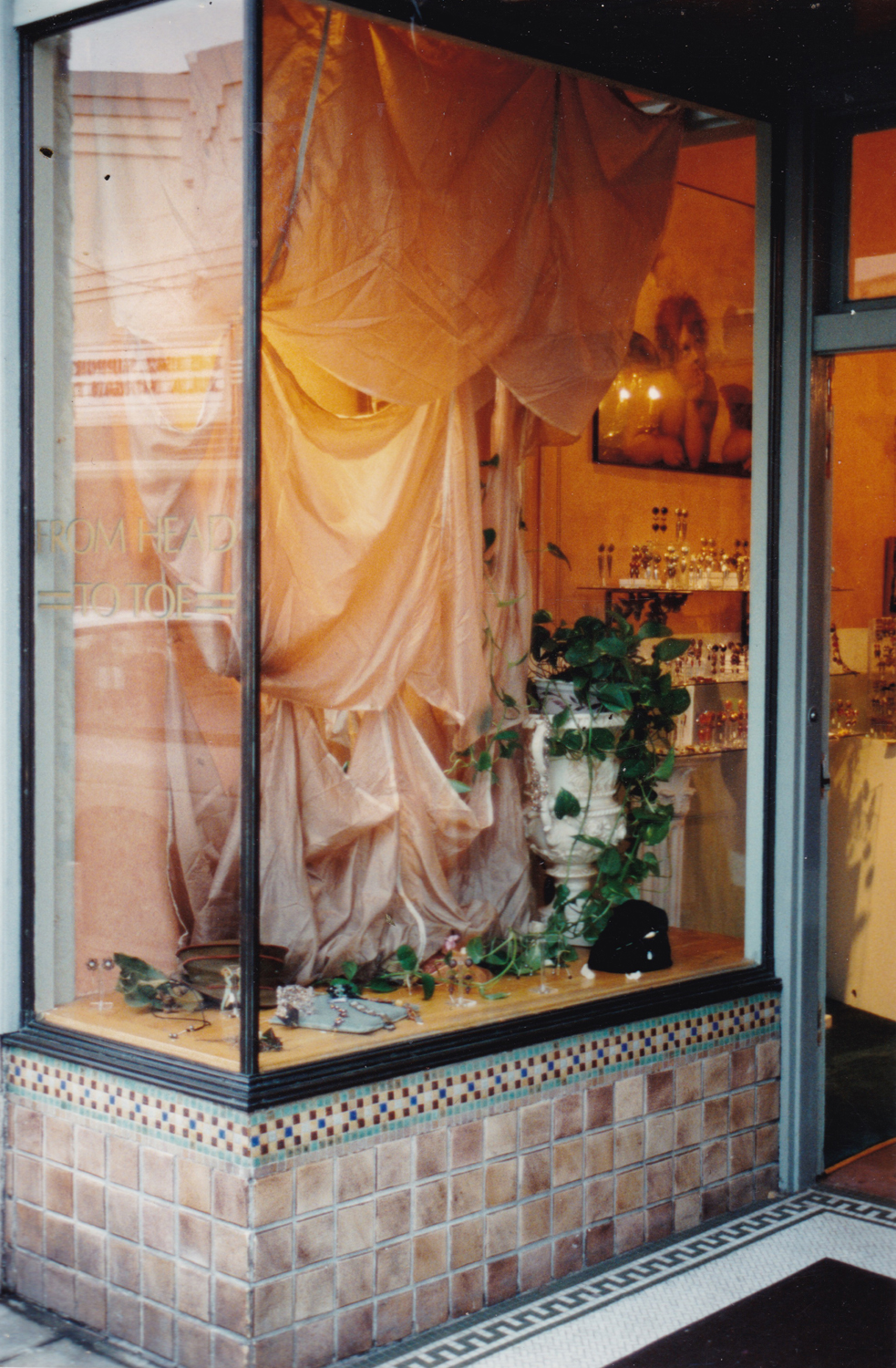
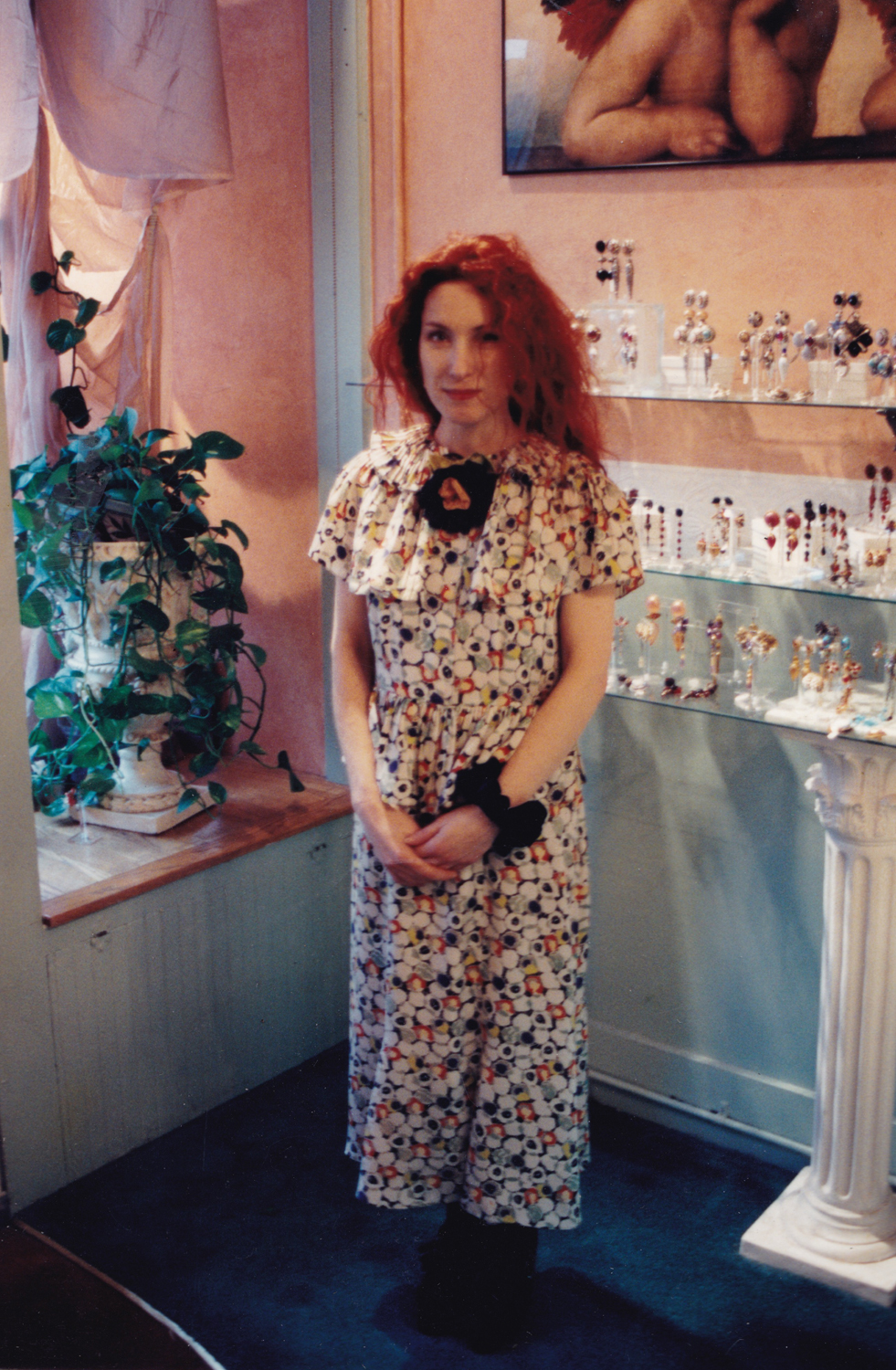
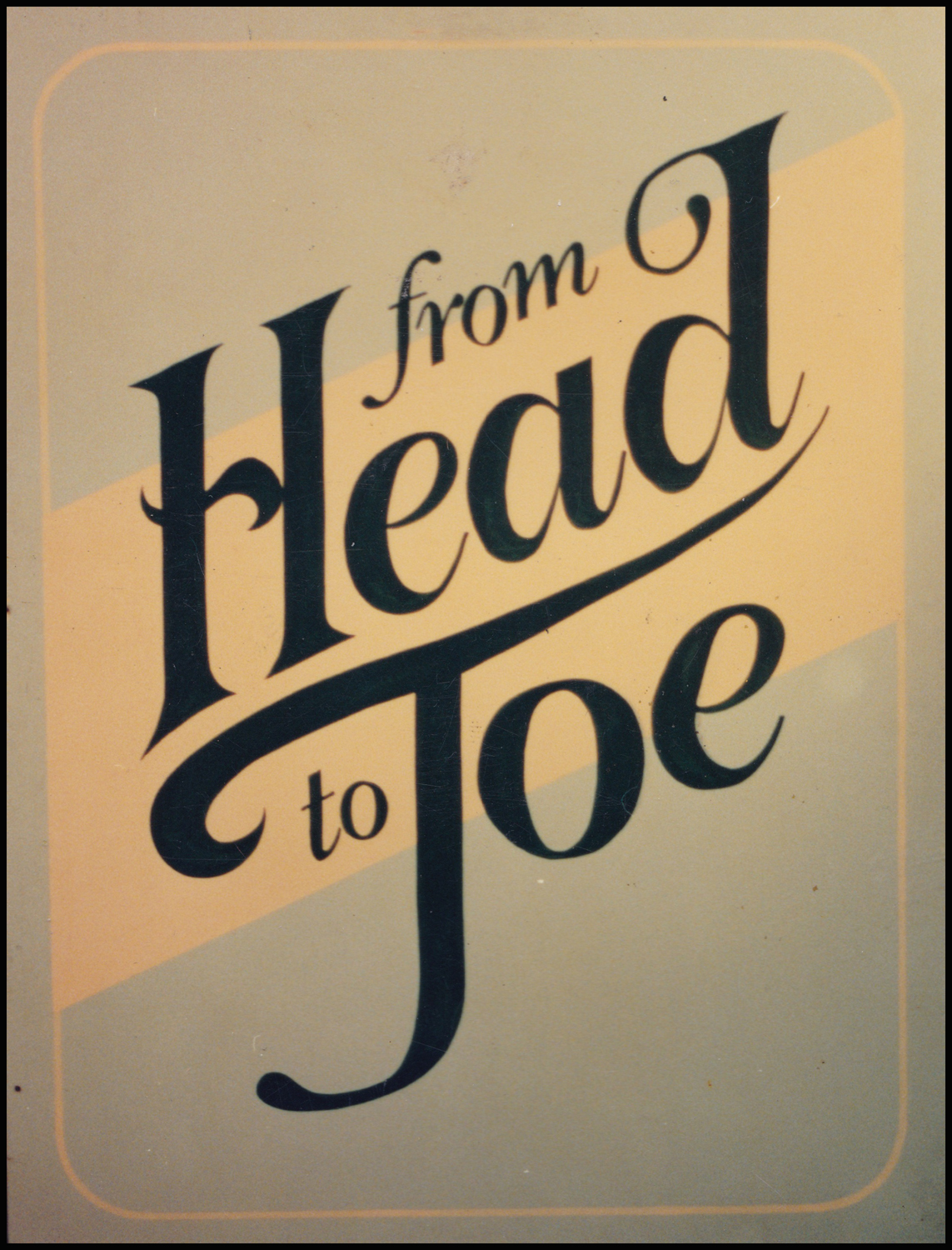
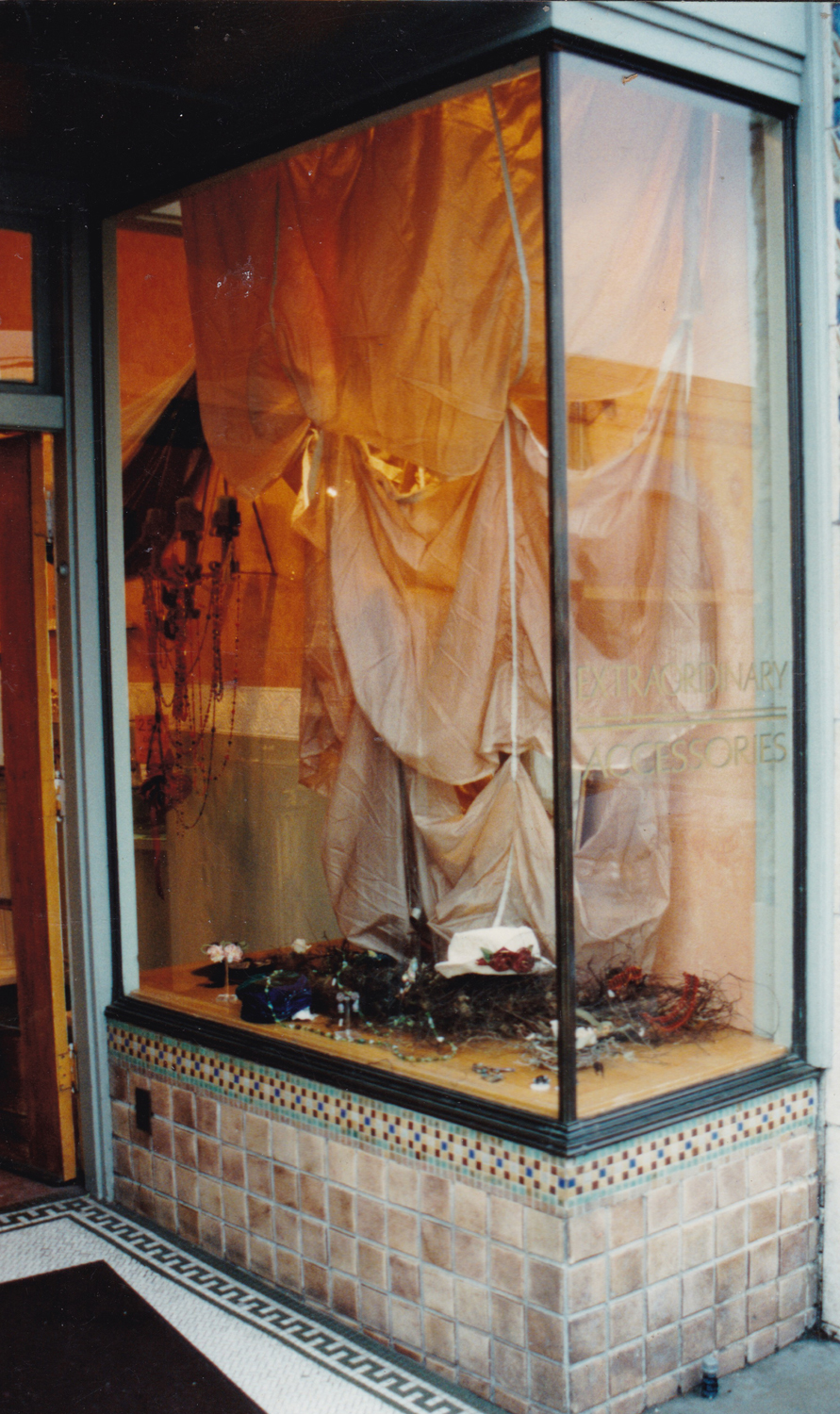
She was managing an apartment building in the nearby Rockridge District, and had a vacant studio right next to hers and I took it. At first, I had been alternately staying at motels or crashing at Dick's house, but now I had steady work and I was ready to have a place of my own, with a little kitchen, space for my stereo, VCR and TV, and a desk for my computer, and AutoCad set-up. There was a big window over my desk that looked right straight up at that great ashen swath of neighborhoods where hundreds of homes had stood, now turning green with the urgent reseeding.
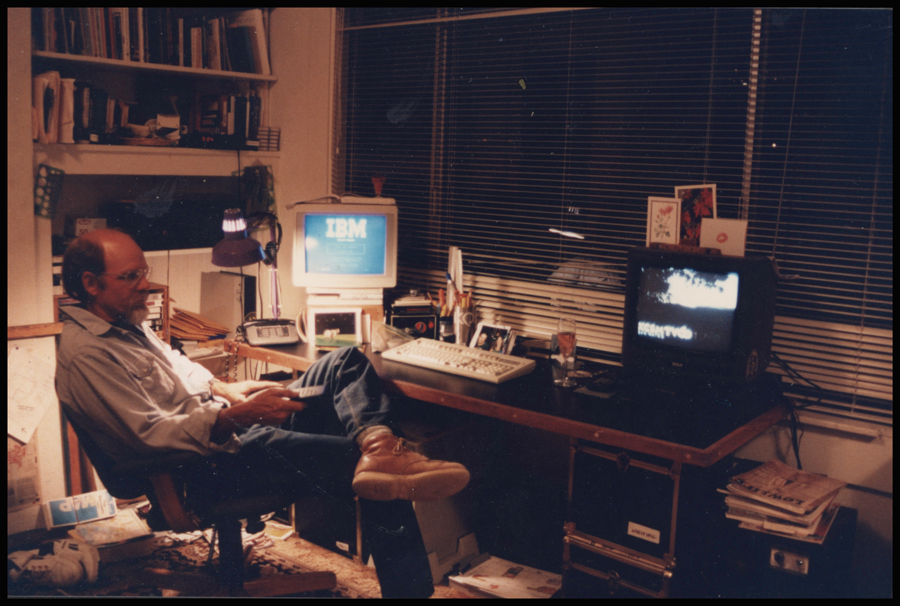
I think I was there for about 3 months. We had a whole bunch of laughs then, and we went to at least one Grateful Dead show at the Oakland Coliseum, but mainly she was toying with me and making her boyfriend jealous. He was the one she was focusing on now, and it gave her some satisfaction to have me chase her for a little while. It was fun anyway. About the time I figured that out, Dick called me up. He had been with his second wife for about four years, and they were breaking up. Did I want to be roommates with him? In short order, Katy let me out of my 6-month lease, and Dick and I got an apartment in Richmond. We stayed there for a few months until he was able to buy a house in Petaluma, across the bay and north up 101 in Sonoma County. It wasn't until I lived 30 miles away that I got a project on Grizzly Peak Blvd. in the burned area just uphill from my Rockridge studio window.

Meanwhile, back in the skateboard world, life went on. Jim Fitzpatrick had set himself on a mission about the time we came to work at Powell. He wanted to see the institutionalized obstacles of the liability laws and the culture of high stakes litigation give way to a day when skaters could simply skate at their own risk at local facilities in public parks like other pastimes; basketball, soccer, baseball.
With a role in Powell's promotions department, Fitz had relentlessly promoted a larger world for skateboarders. He was the emcee during the Summer Tour 1988. He was a leading force in the MacKenzie Park SkateZone, and all the parking lot and indoor SkateZone contests. Sometime after I departed the company, Fitz formed an industry association to lobby for changes in the liability laws. Finally, after countless meetings with bureaucrats and public officials, hearings before commissions and boards, and letter writing campaigns, sometime in the late 1990's, he was able to get skateboarding added to the list of "Hazardous Recreational Activities," HRA's; a legal designation of an inherently dangerous activity. Therefore, skaters skate at their own risk and are responsible for their own injuries. That's all it took; for the state government to officially recognize that skateboarding is dangerous. Duh.
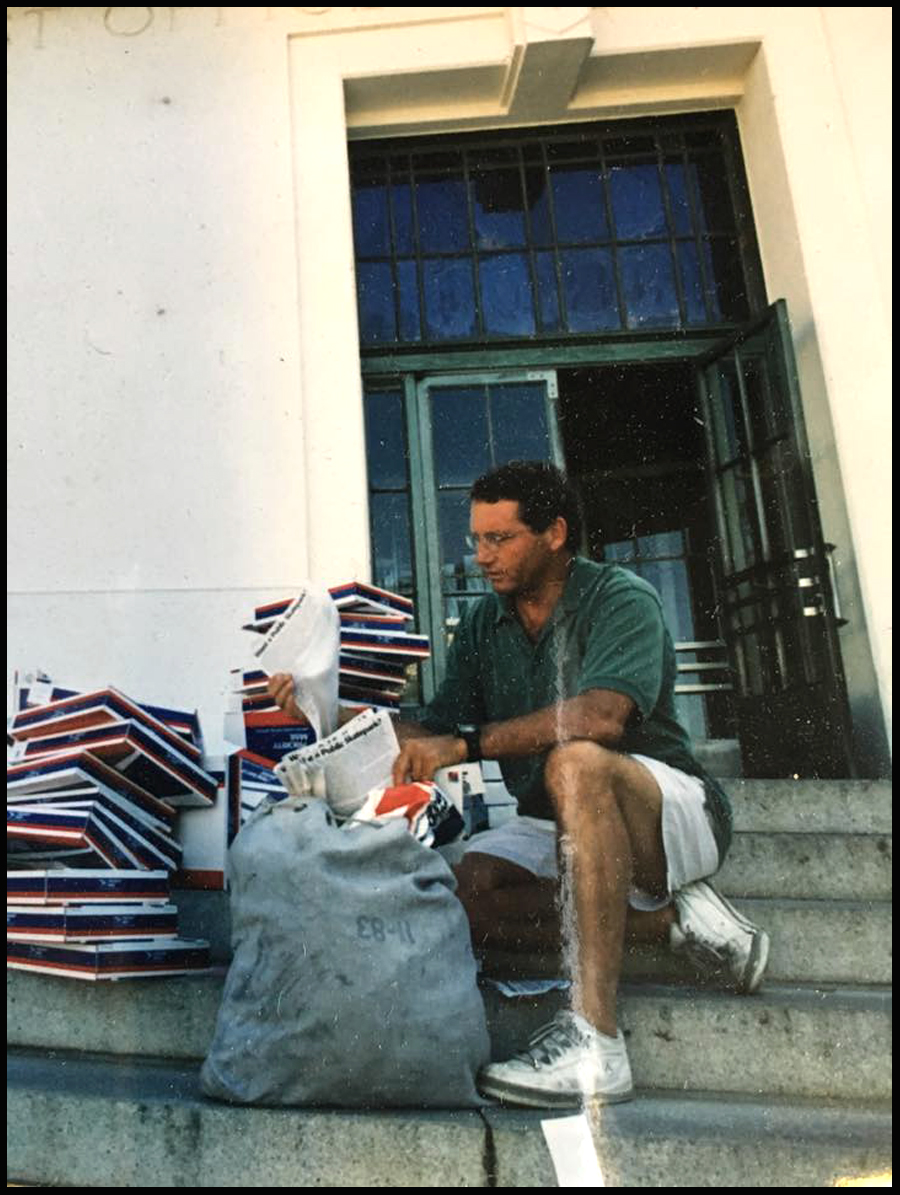
With that out of the way, municipalities all over California could relax and allow these recreational zones to exist without perceived multi-million dollar risks. The idea of the extreme liability of skateboarding turned out to be bogus. Fitz had researched all the available data and found there were far fewer injuries in skateboarding than there were in many sports like baseball and swimming. The only deaths associated with skaters happened when they collided with cars. There are no cars in a skatepark. And interestingly, he discovered there had been no successful lawsuits against a skateboard park ever. Zero. Even trial lawyers would have to admit there was no cash cow to defend.
The Skatepark in Tijuana, North Vancouver Snake Bowl, Uplands Skatepark, Derby Park in Santa Cruz; those were the precursors of today's free outdoor concrete skateparks; a way to let the kids entertain themselves in their chosen sport. At last, in the year 2000, "Skateboarding Is Not a Crime." By 2022, outdoor concrete skateparks are everywhere. Fitz fought the law, and everybody won.





© 2017, 2022 John Oliver
All Rights Reserved
mail@unclejohnsweb.com

Myself, I headed back to the San Francisco Bay Area, the part of the world that feels most like home to me. About the time I was packing up to leave, in October 1991, there had been an enormous wind-driven firestorm, a "sundowner," that swept down from the Oakland Hills through tangle of narrow winding streets destroying 3450 homes and killing 25 people. It was a replay of the Painted Cave Fire above Santa Barbara that we had watched from the roof of PCHQ in July 1990 that "only" took out 425 houses and killed 1 person.
The hills of Oakland and Berkeley face west toward the San Francisco Bay and nearly every single house there had a view of the Bay, Alcatraz Island, the San Francisco skyline and the Golden Gate Bridge. 12 years before I had learned my construction chops in these hills, first a year with Gary Cohen remodeling houses studying for my own contractor's license; then a year with Mark Taylor and his "Satori Japanese Bath Company." I built over 50 hot tubs in those hillsides.
I had always considered those hills to be a constant supply of projects. With such unbeatable views, owners couldn't get a better location, so the only way to improve one's living standard was to remodel. Now with 3450 houses suddenly gone, there would be endless work for somebody like me.
I moved up north and signed up with a temporary agency, connected with a few projects, and almost immediately ran into the very last girlfriend I had on the mainland 15 years before, Katie Flick. I was taking part in a remodeling project in Berkeley, and at lunch I would walk down to College Avenue for a burrito. She was running a little artisan jewelry store next to the burrito shop, and she saw me walking by. I wouldn't have recognized her, because now she had long straight red hair, when before she had short brown curly hair. She looked a lot different done up in a slinky dress, but I recognized her voice. She had been a whole lot of fun in 1978 and 79 when I worked for Gary and Mark. I had broken it off with her when I moved back to Hawaii to raise JW.




She was managing an apartment building in the nearby Rockridge District, and had a vacant studio right next to hers and I took it. At first, I had been alternately staying at motels or crashing at Dick's house, but now I had steady work and I was ready to have a place of my own, with a little kitchen, space for my stereo, VCR and TV, and a desk for my computer, and AutoCad set-up. There was a big window over my desk that looked right straight up at that great ashen swath of neighborhoods where hundreds of homes had stood, now turning green with the urgent reseeding.


With a role in Powell's promotions department, Fitz had relentlessly promoted a larger world for skateboarders. He was the emcee during the Summer Tour 1988. He was a leading force in the MacKenzie Park SkateZone, and all the parking lot and indoor SkateZone contests. Sometime after I departed the company, Fitz formed an industry association to lobby for changes in the liability laws. Finally, after countless meetings with bureaucrats and public officials, hearings before commissions and boards, and letter writing campaigns, sometime in the late 1990's, he was able to get skateboarding added to the list of "Hazardous Recreational Activities," HRA's; a legal designation of an inherently dangerous activity. Therefore, skaters skate at their own risk and are responsible for their own injuries. That's all it took; for the state government to officially recognize that skateboarding is dangerous. Duh.

The Skatepark in Tijuana, North Vancouver Snake Bowl, Uplands Skatepark, Derby Park in Santa Cruz; those were the precursors of today's free outdoor concrete skateparks; a way to let the kids entertain themselves in their chosen sport. At last, in the year 2000, "Skateboarding Is Not a Crime." By 2022, outdoor concrete skateparks are everywhere. Fitz fought the law, and everybody won.

All Rights Reserved
mail@unclejohnsweb.com
